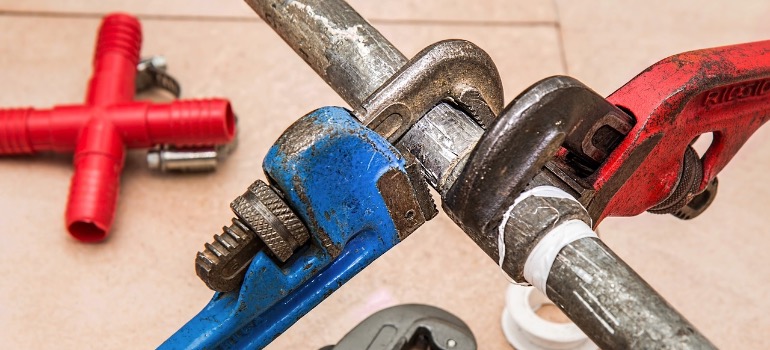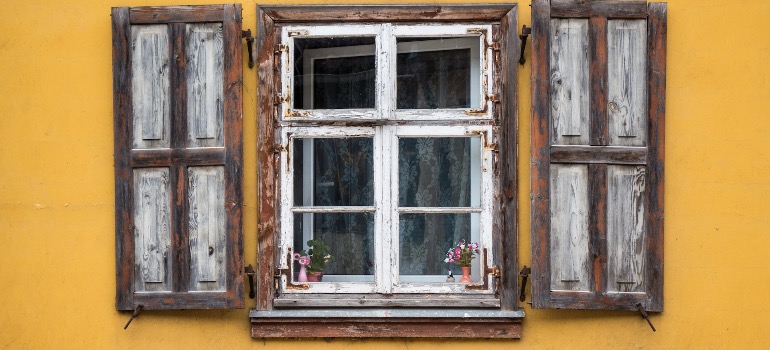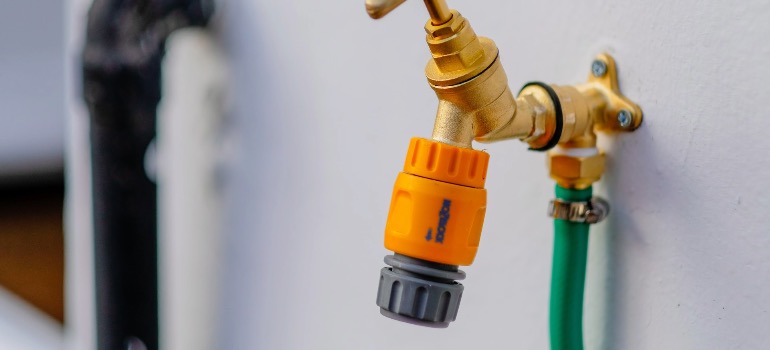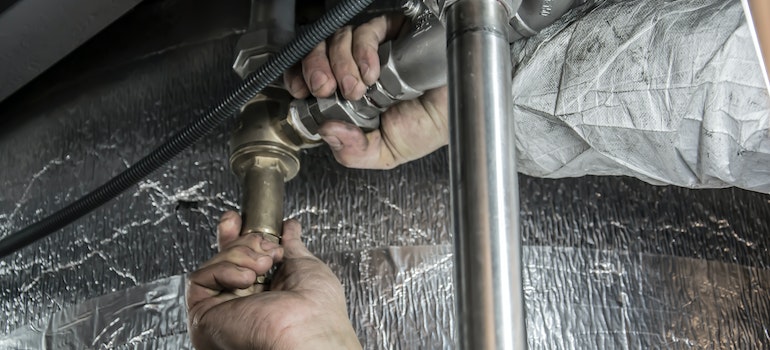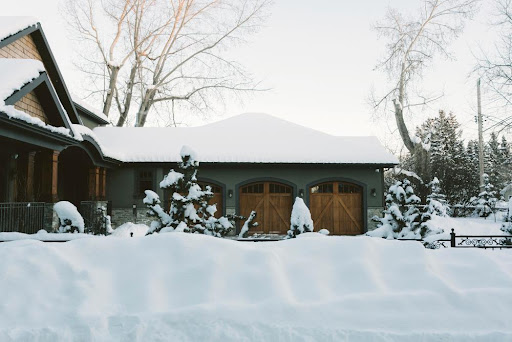
Image courtesy of Freepik
Have you completed your winter home maintenance checklist? In case you’re not sure of all that’s involved, Chicago Plumbing Experts offers a list of essential exterior maintenance tasks to complete before the snow flies. Knowing they’re done will give you peace of mind throughout the bitterest winter weather.
Have Your Roof and Chimney Inspected
Even minor summer hail or wind storms can cause damage to your roof that will only worsen when winter storms hit. Inspecting your roof, or having it inspected by an expert, can catch damage before it gets any worse. A big wintertime culprit is moisture, when the freeze-thaw cycle allows it to seep into the smallest of cracks, such as under broken shingles or jeopardized flashing. This can lead to leaks or even worse a roof collapse. Consider fixing your roof an investment toward your safety now and your home’s increased value later.
Now is also the ideal time for a chimney inspection and cleaning so your fireplace is ready to warm you this winter. Built-up dirt and sediment can not only make it less efficient, it can be a dangerous fire hazard. Before you light that first cozy fire, make sure your chimney is clean and in good repair.
Consider a Home Warranty
A home warranty can be a valuable tool in helping protect you from troublesome issues during the winter months. As temperatures drop, your home’s heating system, plumbing, and other key systems may be under increased strain, which could lead to unexpected breakdowns. With a home warranty in place, you can ensure that you will be financially protected against the costs of repairing or replacing these critical systems. The warranty covers the expenses related to parts and labor for repairs, providing peace of mind and financial security.
Clean and Store Outdoor Gear
Clean, oil, and put away all of your gardening tools. A great way to oil hand tools is by plunging them in a bucket of coarse sand mixed with food-grade mineral oil. The sand will scour away any remaining traces of dirt or rust and the oil will protect them from rust until next spring. Because mineral oil doesn’t turn rancid and isn’t toxic like motor oil, you won’t have to worry about unwanted residue in your vegetable garden.
Clean and store kid’s toys, outdoor games, and patio furniture. The time to take care of them is now, before they’re buried under fallen leaves or snow.
Complete Landscaping Tasks
The time to take care of branches that could rub against your siding or roofing is before a blizzard strikes. Branches that clear the house now might rub or break off once they’re weighed down by snow or ice, so remove any compromised limbs before winter does it for you.
Finish pruning and mulching your other shrubs and perennials. SFGate explains that Fall pruning helps shape the plant, controls its size, and removes parts that are susceptible to winter damage. It also removes foliage where diseases, rodents or insects could find winter shelter.
Rake up and compost or otherwise dispose of fallen leaves. If you leave them just as they fall, they can encourage lawn-damaging fungus. However, running a lawnmower over very crisp fallen leaves can actually benefit your lawn as the leaf bits decompose naturally. The leaf mulch will keep soil temperatures more even, hold in moisture, and may even reduce weeds next spring.
Clean Out Your Gutters
Just like your lawn, gutters are magnets for fallen leaves. Those unshredded leaves will mat together to form an impermeable barrier that will prevent water from draining properly. Instead, the water will back up and can result in everything from rot on your roof to cracks in your home’s foundation. For homeowners with a lot of debris, gutter guards can help reduce your maintenance burden.
Improve Lighting
During the long, dark winter nights, it’s important that you have adequate exterior lighting. Good lighting along walkways and on steps can help prevent falls due to unseen patches of ice. Using LED lights with motion sensors and/or automatic daylight shut-offs gives you all the energy-efficient lighting you need without straining your utility budget.
Prepare for Snow and Ice Removal
You’ll need a good snow shovel (preferably with an ergonomic handle) and possibly a snowblower. Also, keep adequate supplies of sand and/or ice-melting chemicals near each exit from your home and garage. If you have pets, make sure you choose pet-friendly ice melt products.
As the crispness of fall fades and the chill of winter sets in, it’s essential to ensure our homes are ready to face the elements. Proactive outdoor maintenance not only safeguards against potential damages but also provides peace of mind during the colder months. By taking these precautionary steps, homeowners can ward off unexpected complications and ensure a cozy and trouble-free winter. Remember, a little effort now can prevent major headaches later, allowing you to enjoy the beauty and serenity of the snowy season.
